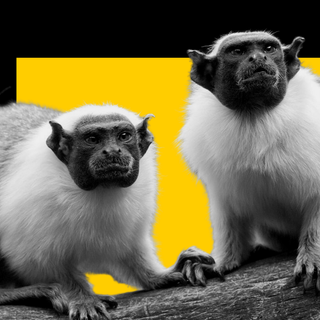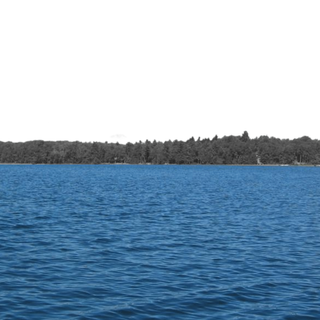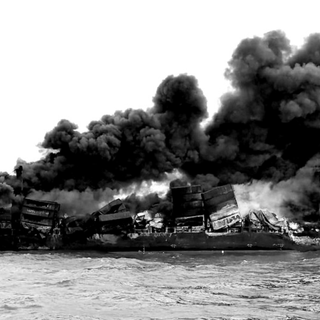Almost two billion people in South East Asia — including India, Nepal, and Pakistan — are expected to face water and food crisis as a result of the Hindu Kush-Himalayan mountain ranges losing up to two-thirds of its ice by 2100, according to a new report by the United Nations Development Program (UNDP).
Published on Friday, the report states that glacial melting would not only affect access to drinking water, but also reduce the water available for agriculture — impacting food security in the process. In addition, it is also expected to impact hydroelectricity production, tourism, and other sectors that sustain and support human life in an area populated by two billion people.
Another report by the World Bank, published last Thursday, highlighted the impact of black carbon in speeding up the melting of glaciers in the Hindu Kush-Himalayan region. Formed as a result of the incomplete combustion of fossil fuels and biomass, black carbon’s contribution to global warming is 460-1,500 times more than that of carbon dioxide. When suspended in the atmosphere, it converts incoming solar radiation to heat; and when deposited on the glaciers, reduces their ability to reflect heat, intensifying melting.
“Himalaya, Karakoram, and Hindu Kush mountain ranges of South Asia, which contain almost 55,000 glaciers, store more freshwater than anywhere but the North and South Poles,” the report notes, adding that these glaciers “help to moderate flows in the region’s major rivers by providing a source of meltwater in hot, dry years and storing water during colder, wetter years.”
Moreover, with increased glacial melting, weather patterns in the region are also predicted to change — leaving locals more vulnerable to extreme climate events. “Black carbon and glacier melting in the Himalayas and erratic rainfall in the mid-mountains always lead to landslides, floods and inundation in the lowlands,” Maheshwar Dhakal, joint secretary of Nepal’s forest ministry, told Down To Earth.
Related on The Swaddle:
Pink Ice in the Alps Is Not a Natural Wonder, But an Environmental Danger
The World Bank report does, however, note that if we manage to urgently cut black carbon deposits, we may be able to significantly slow down the melting of glaciers. “We can slow glacier melt by collectively acting to curb the black carbon deposits that are speeding the thinning of the ice… Regional cooperation to protect these resources will pay important dividends for the health and well-being of the people in the region,” Hartwig Schafer, World Bank’s vice president for South Asia, told The Kathmandu Post.
According to the report, unlike other greenhouse gases like methane and carbon dioxide, black carbon is a “short-lived pollutant,” which can be “eliminated from the atmosphere if emissions stop.” However, existing policies to cut down emissions — like enhancing fuel efficiency standards for vehicles or replacing diesel vehicles with electric ones — may not be enough, the report notes. Instead, it recommends stronger policies to curb emissions by industrial brick kilns and domestic burning of solid fuels, such as wood and coal, which are reported to contribute to 45-66% of black carbon emissions in the region.
Unfortunately, while we may be able to salvage the lives and livelihoods of people to some extent — through stringent policies and concerted efforts — some damage is inevitable, experts note. “Even if we stopped warming the climate right now, we would still probably lose 20% of glaciers in high mountain Asia. And that is because it is like a train that you need to stop,” Jemma Wadham, director of the Cabot Institute for the Environment at the University of Bristol, said in a statement at the launch of the World Bank report.
However, experts worry that countries may not be equipped to deal even with that — leave alone the ramifications of the mountain ranges losing two-thirds of their ice. “[T]hese changes in water availability and weather patterns are not matched by equally rapid infrastructure, policy and behavior changes that would help ensure the future provision of food, housing, and livelihoods for two billion people,” Kanni Wignaraja, UNDP’s regional director for Asia-Pacific, said, emphasizing on the need to “step up both adaptation and mitigation efforts.”
In the absence of immediate steps, socio-economically deprived communities will be further disadvantaged by the water crisis. “We are on an alarming path which may result in deeper inequality and wider gap between the haves and have-nots who will bear the brunt of this climate emergency,” Wignaraja warned.




